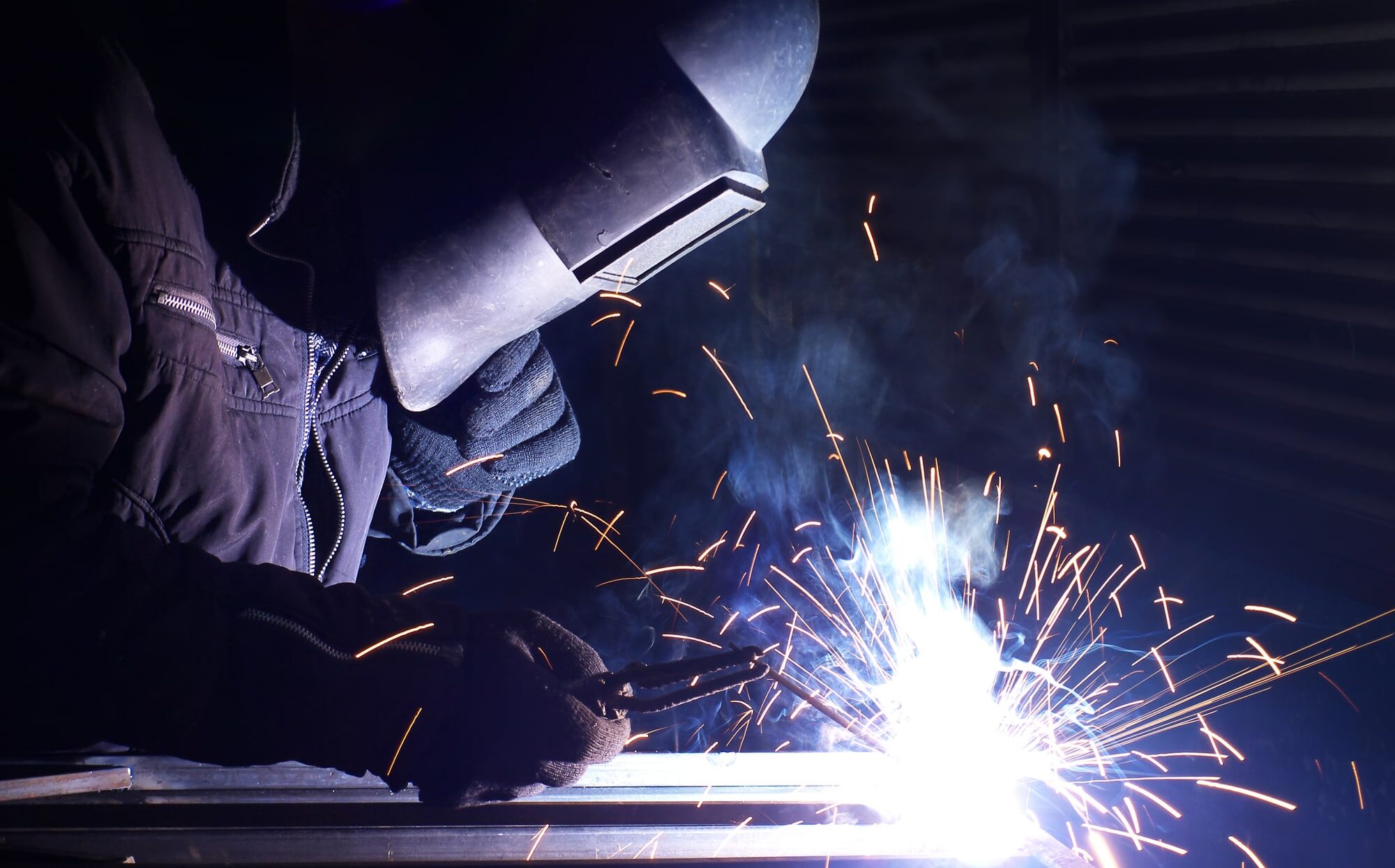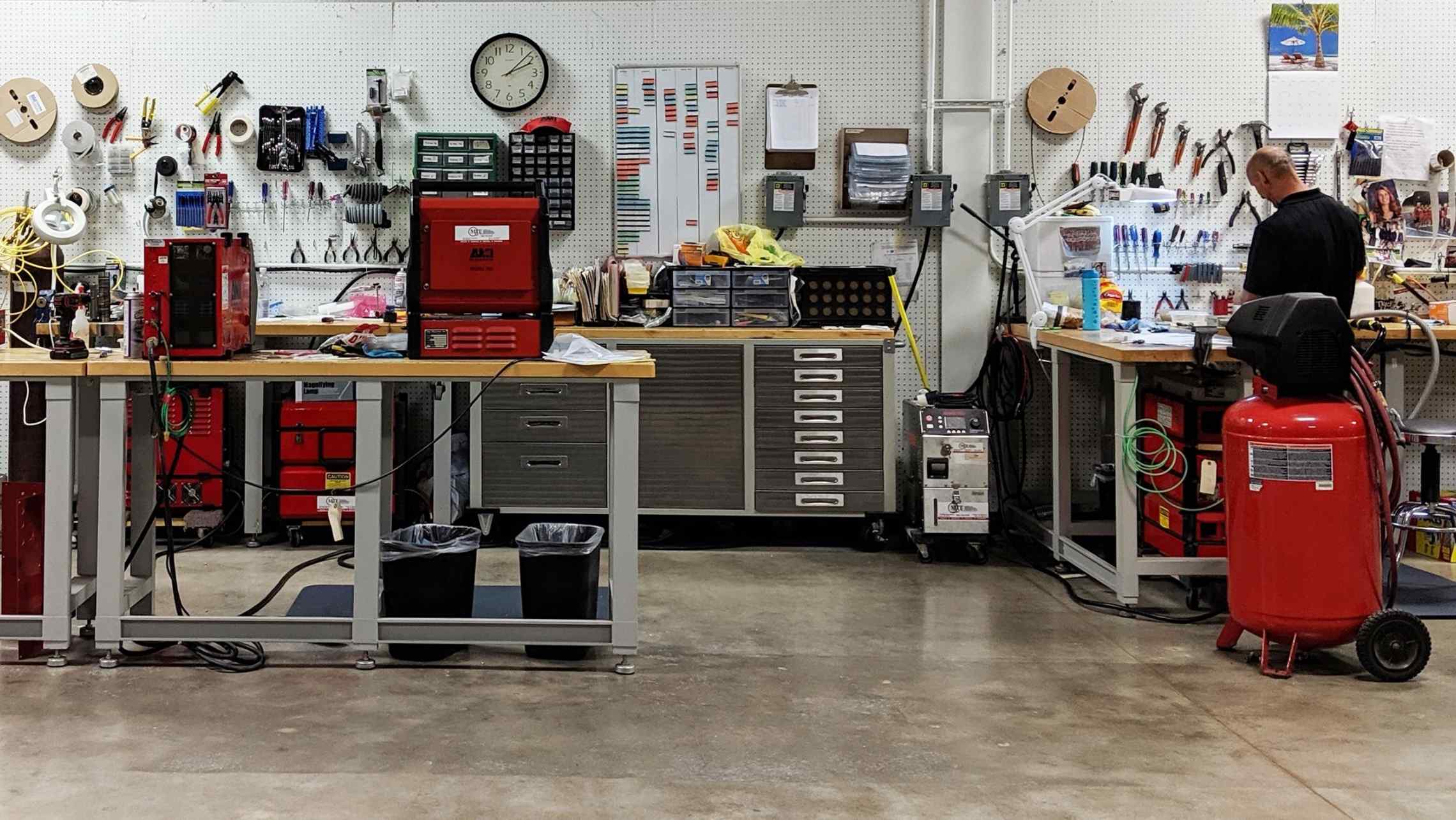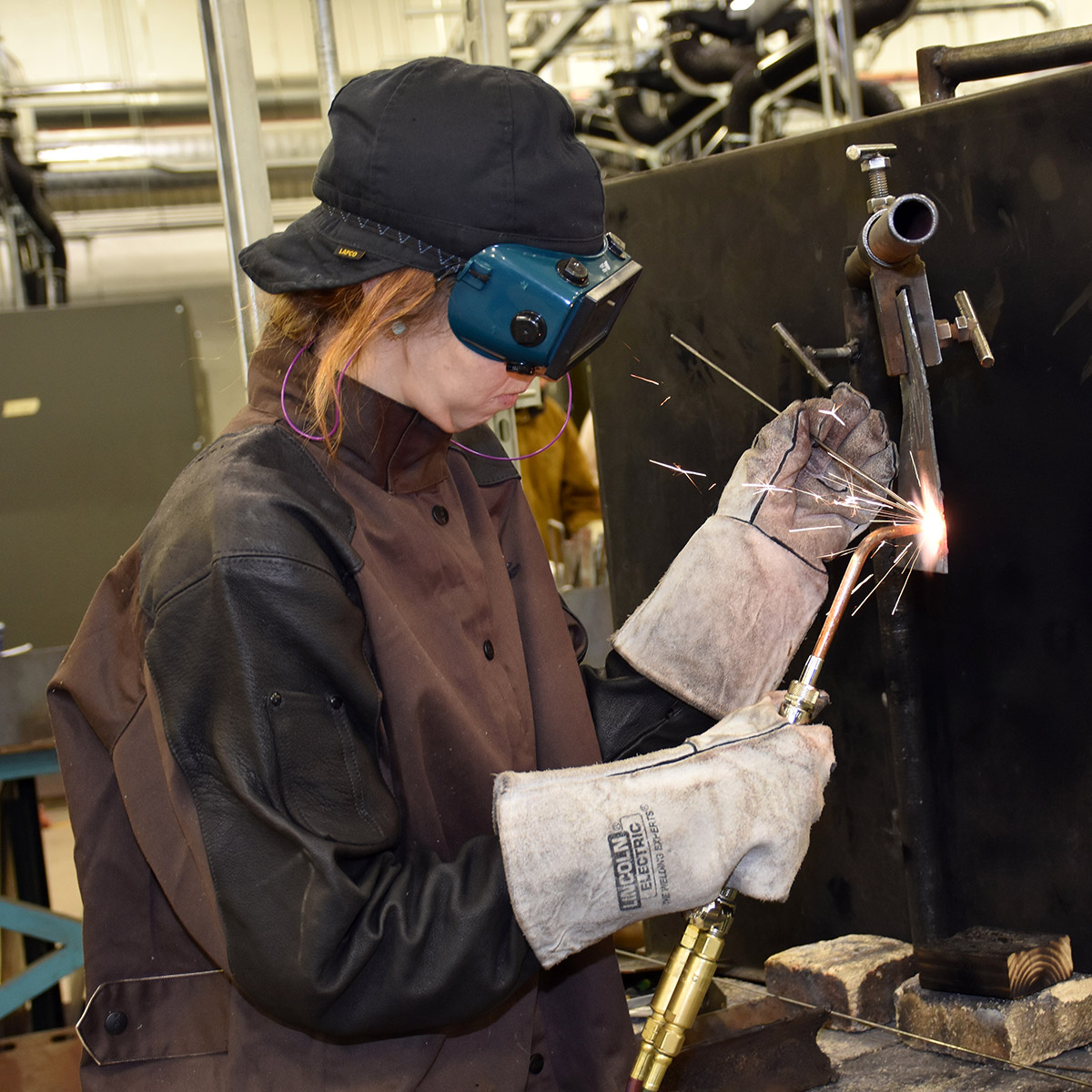Typical Welding Repair Work Issues and How to Address Them Efficiently
Welding repair work usually experience a range of issues that can jeopardize the honesty of the end product. Usual problems include insufficient infiltration, porosity, and imbalance, among others. Each problem presents special challenges that call for specific methods for resolution. Recognizing these problems is necessary for welders intending to improve their skills and outcomes. This conversation will check out these common welding repair service issues and reliable methods to address them.
Poor Infiltration
Inadequate infiltration takes place when the weld metal falls short to completely fuse with the base product, leading to weak joints and potential architectural failings. This issue commonly stems from insufficient heat input, incorrect electrode angle, or inappropriate welding rate. Welders might run into insufficient penetration due to a miscalculation of the necessary parameters for a particular material thickness or kind. Furthermore, contamination on the base material's surface area can hinder efficient bonding, intensifying the problem. To resolve insufficient infiltration, welders must assure proper setups on their equipment and preserve a clean work surface area. Routine evaluation of welds is suggested to determine any type of shortages early, enabling for prompt modifications and the avoidance of compromised structural stability in bonded assemblies.
Porosity
Porosity is a common problem in welded joints that manifests as small gas bubbles entraped within the weld steel. This issue can compromise the stability of the weld, bring about lowered stamina and prospective failure under anxiety. Montana Mobile Welding and Repair Fabrication. Porosity typically emerges from contamination, wetness, or incorrect welding methods, which permit gases to run away right into the molten weld pool. To attend to porosity, welders must guarantee appropriate surface area preparation, keep a tidy functioning environment, and make use of appropriate welding parameters. Additionally, selecting the right filler material and shielding gas can minimize gas entrapment. Regular assessment and screening of welds can assist identify porosity early, ensuring timely restorative actions are taken, therefore maintaining the quality and dependability of the bonded framework
Misalignment
Imbalance in welding can occur from numerous variables, consisting of improper setup and thermal development. Recognizing the origin is important for effective resolution. Numerous improvement techniques are offered to straighten parts and guarantee structural integrity.
Root causes of Imbalance
Welding misalignment often originates from a variety of underlying issues that can jeopardize structural honesty. One key cause is incorrect fit-up of elements prior to welding, which can lead to voids and uneven surface areas. Variants in thermal expansion throughout the welding process can likewise result in distortion, especially if the products being signed up with have various coefficients of growth. Additionally, insufficient securing and fixturing may fail to hold elements securely in location, leading to activity during welding. Inadequately maintained tools, including welding devices and devices, may present incongruities in the weld bead, further adding to imbalance. Driver mistake, stemming from insufficient training or experience, can additionally play a substantial function in developing misaligned welds.

Modification Strategies Offered
Attending to misalignment properly requires a mix of restorative strategies tailored to the specific problems handy. One typical method is making use of fixtures or jigs to hold parts in the correct setting during welding, making certain consistent positioning. Additionally, pre-heating the products can help in reducing distortion and boost fit-up. For considerable misalignment, mechanical adjustment strategies, such as using hydraulic jacks or clamps, can be employed to fix the setting prior to welding. Post-weld heat therapy may likewise be needed to eliminate anxieties brought on by imbalance. Cautious inspection and modification during the configuration stage can prevent imbalance concerns from coming to be considerable issues, promoting a smoother welding process and boosting general structural stability.
Distortion
Distortion is a common obstacle in welding that can arise from different factors, including unequal heating & cooling. Recognizing the root causes of distortion is crucial for applying efficient avoidance techniques. Addressing this problem not only enhances architectural integrity but likewise boosts the overall quality of the weld.
Root causes of Distortion
When based on the intense heat of welding, materials usually undergo adjustments that can cause distortion. This sensation mostly emerges from thermal expansion and contraction throughout the welding procedure. As the weld area heats up, the product increases; upon air conditioning, it gets, which can create inner tensions. Additionally, uneven heating across a workpiece can intensify these tensions, leading to bending or bending. The type of product additionally plays a considerable duty; steels with differing thermal conductivity and coefficients of growth might react in different ways, leading to unforeseeable distortions. Bad joint design and inadequate fixturing can contribute to imbalance throughout welding, boosting the probability of distortion. Comprehending these reasons is vital for efficient welding fixing and avoidance techniques.
Avoidance Techniques
Efficient prevention techniques for distortion throughout welding focus on managing heat input and making sure appropriate joint layout. Keeping a consistent warmth input aids to minimize thermal development and contraction, which can bring about distortion. Using techniques such as preheating the work surface can additionally decrease the temperature level slope, promoting uniform home heating. In addition, picking proper joint styles, such as T-joints or lap joints, can enhance security and lower stress concentrations. Carrying out appropriate fixturing to protect the work surfaces in position additionally aids in preserving positioning during the welding process. Finally, staggered welding sequences can disperse heat much more uniformly, protecting against local distortion. By applying these strategies, welders can substantially lower the likelihood of distortion and enhance the general top quality of their welds.
Cracking
Fracturing is a typical issue run into in welding fixings, typically resulting from various variables such as inappropriate air conditioning prices, material choice, or inadequate joint prep work. The occurrence of splits can considerably endanger the stability of the weld, bring about possible failings throughout procedure. To address this concern, welders should initially evaluate the origin, making certain that materials work and appropriately selected for the particular application. Furthermore, regulating the cooling rate throughout the welding process is necessary; fast air conditioning can cause stress and anxiety and bring about cracking. Appropriate joint layout and prep work likewise add to decreasing the threat. Carrying out these techniques can enhance weld high quality and durability, inevitably decreasing the chance of cracking in ended up weldments.

Incomplete Combination
A substantial problem in welding fixings is insufficient fusion, which happens when the weld steel does not effectively bond with the base material or previous weld passes - Montana Mobile Welding and Repair Belgrade. This defect can bring about weaknesses in the joint, potentially endangering the honesty of the bonded framework. Aspects adding to insufficient combination include not enough warmth input, inappropriate welding technique, and contamination of the surfaces being joined. To read what he said address this concern successfully, welders ought to ensure appropriate pre-weld cleansing and surface area preparation, along with adjust their welding criteria to accomplish ample infiltration and fusion. Normal inspection during the welding process can additionally assist recognize incomplete combination early, enabling prompt rehabilitative measures to enhance the overall quality of the weld
Overheating
While welding repair services can improve structural integrity, overheating presents a significant challenge that can result in product destruction. Excessive warmth throughout welding can change the Click Here mechanical homes of metals, resulting in decreased strength, increased brittleness, and bending. This sensation is specifically crucial in high-stress applications where structural dependability is vital. Determining getting too hot can entail aesthetic inspections for discoloration or distortion, as well as checking temperature during the welding procedure. To reduce the threats linked with overheating, welders ought to use ideal techniques, such as regulating warmth input, changing travel rate, and using appropriate filler products. Furthermore, carrying out pre- and post-weld warm treatments can aid recover material properties and improve the total top quality of the fixing, ensuring long-lasting efficiency and safety.
Frequently Asked Questions
What Are the Common Signs of a Welding Issue?

Just How Can I Test My Welds for Top quality?
To evaluate welds for high quality, one can utilize aesthetic inspections, ultrasonic screening, and radiographic approaches. Each technique guarantees structural integrity, identifies problems, and confirms adherence to specified requirements, eventually boosting the reliability of the welded joints.
What Security Safety Measures Should I Take While Welding?
When welding, one must prioritize safety by putting on suitable personal protective tools, making sure appropriate ventilation, protecting combustible materials away, keeping a clean work area, and being mindful of environments to avoid injuries and mishaps.
Can I Repair a Weld Without Redoing the Entire Joint?
Repairing a weld without remodeling the whole joint is possible, depending on the damages (Montana Mobile Welding and Repair). Methods such as grinding, adding filler product, or making use of a welding process can properly resolve certain flaws while maintaining the surrounding framework
What Equipment Are Vital for Effective Welding Repairs?
Necessary tools for efficient welding repair services consist of a welding equipment, cable brush, grinder, protective equipment, clamps, and filler materials. Each tool plays a vital function in guaranteeing top quality and security throughout the repair procedure. Porosity normally occurs from contamination, moisture, or improper welding strategies, which enable gases to get away right into the molten weld swimming pool. Poorly kept tools, including welding devices and devices, might introduce variances in the weld grain, further contributing to misalignment. When subjected to the intense heat of welding, products typically undergo changes that can lead to distortion. Breaking is an usual problem run into in welding repairs, typically resulting from numerous variables such as improper cooling prices, material choice, or inadequate joint preparation. A substantial concern additional hints in welding repair services is incomplete blend, which occurs when the weld steel does not effectively bond with the base product or previous weld passes.